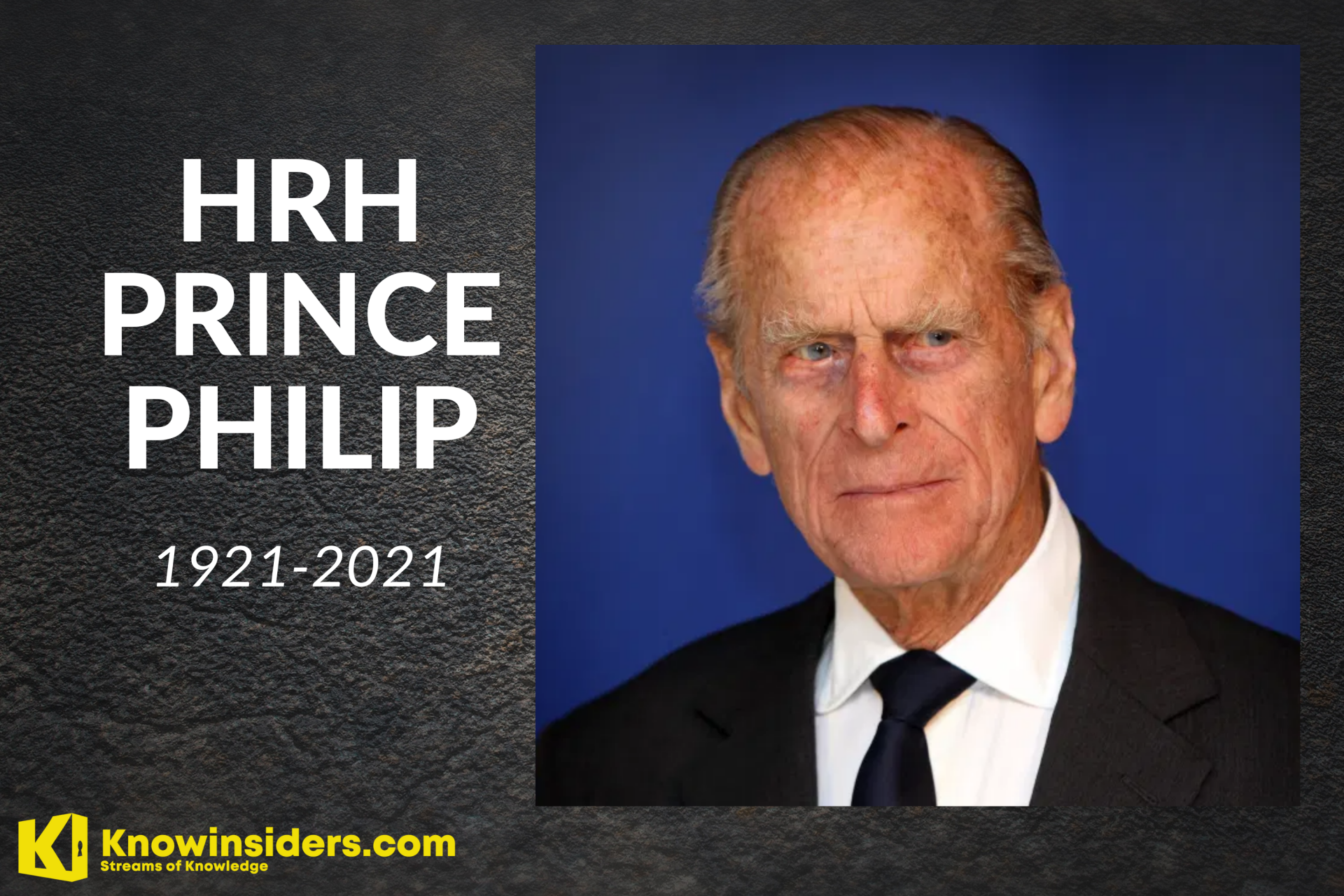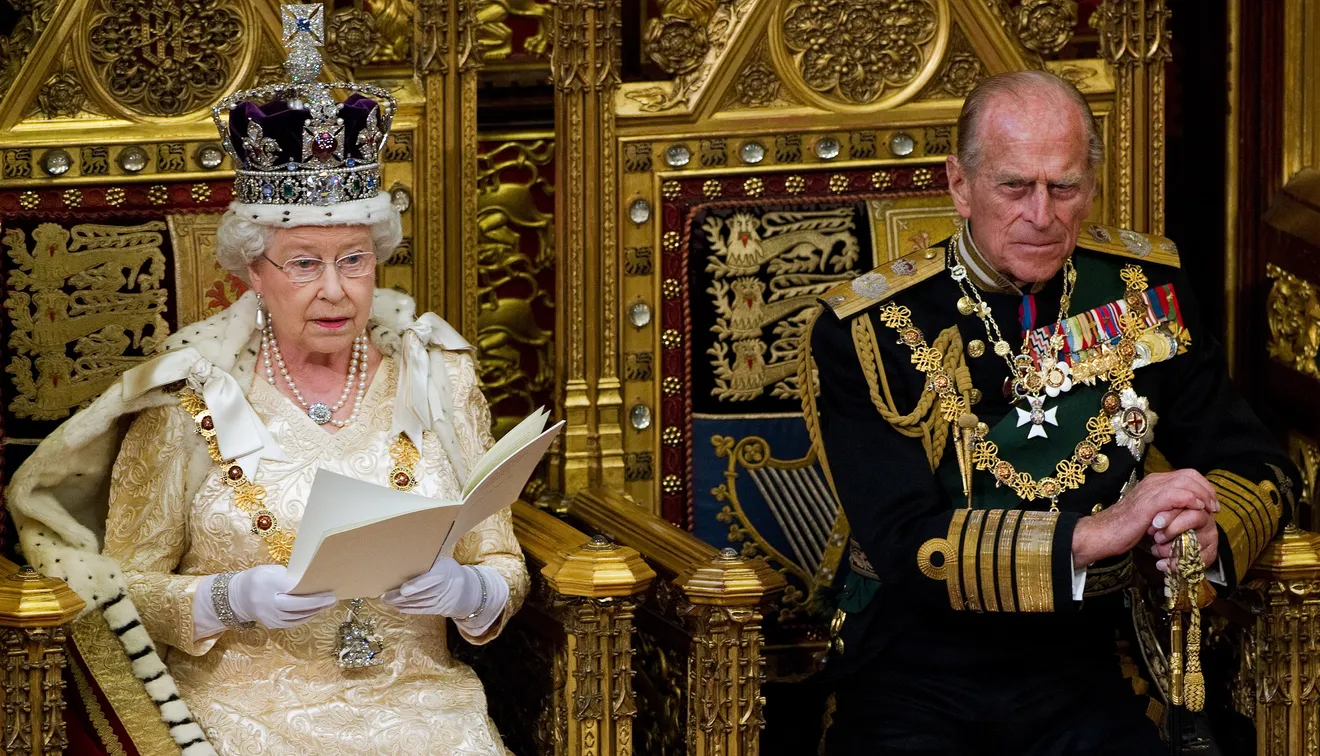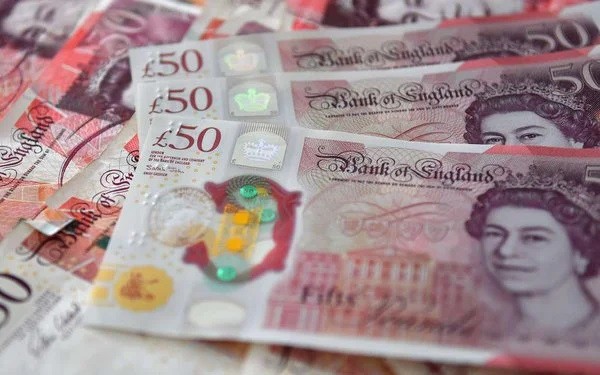Prince Philip Dead at 99: When, How About State Funeral and Where It Would Take Place?
 | |
|
When did Prince Philip die?
In May 2017, Britain's The Guardian newspaper made headlines when it revealed the plan for how the government will handle Queen Elizabeth II's death. But there is also a plan in place for the death of Prince Philip, her husband of 74 years, according to USA Today.
Buckingham Palace announced he died Friday morning (April 9) at Windsor Castle. Britain's oldest and longest-serving royal spouse in 10 centuries was 99.
When any senior member of the British royal family dies it is a significant occasion for the nation and the Commonwealth, and the death of the Duke of Edinburgh will be no exception.
As the royal consort, he is entitled to a full state funeral at Westminster Abbey in London, as well as a period of time lying in state.
However, Prince Philip's own wishes for a "no-fuss" send-off will mean the commemorations for the 99-year-old are curtailed significantly.
And COVID-19 restrictions still in place in the UK could mean some events may not happen at all.
When is Prince Philip's funeral?
But it is not known at this time as to when his funeral will take place.
 |
| Prince Philip and Queen Elizabeth II |
Will Prince Philip have a state funeral?
No. Technically, as the consort to the sovereign, Philip is entitled to a ceremonial funeral, the same type used to honor the Queen Mother and Princess Diana. However, he reportedly doesn't want that kind of "fuss" made over him.
Instead, it is thought that he has requested what will fundamentally be a military funeral, with a private service held at St George’s Chapel in Windsor and burial in Frogmore Gardens.
Had the Duke of Edinburgh requested a state funeral, it would have likely involved a military procession to Westminster Abbey where his body would lie in state for members of the public to pay their respects. A service at either Westminster Abbey or St Paul’s Cathedral would have followed, before burial in St. George’s Chapel.
The last state funeral for a member of the royal family took place in 1952 following the death of King George VI. The Queen’s father was laid to rest in St George’s Chapel.
That means he's passing on the usual service at Westminster Abbey or St. Paul's Cathedral and won't lie in state at Westminster Palace.
In 2013, the Sunday Times reported that Philip had informed officials there that they do not need to go through the stress of arranging such a ceremony, often on only a few hours notice. They last hosted a royal lying-in-state in 2002, when the Queen Mother died, drawing some 200,000 mourners.
Read more: UK’s Prince Philip in hospital: What did Buckingham Palace say, How is he now?
How do state and ceremonial funerals differ?
While Prince Philip won't have either, there are some differences between state and ceremonial funerals.
Both usually involve lying in state and a service at Westminster Abbey or St. Paul's Cathedral, but the latter is usually reserved for the sovereign and distinguished figures such as Winston Churchill. However, ceremonial funerals don't require parliamentary approval and funding.
Remember how Princess Diana's coffin was transported through the streets of London by a horse-drawn gun carriage? That is the other distinguishing characteristic of a ceremonial funeral, according to Parliament documents. When the queen dies, hers will be drawn by sailors from the Royal Navy, a tradition dating back to the funeral of Queen Victoria in 1901.
The Duke of Edinburgh will lie in state
Westminster Hall in the Houses of Parliament is reportedly always ready to host a lying in state, an honour given to the sovereign, the current or past consort, and, occasionally, former prime ministers.
It allows the public to view the coffin and pay their respects to the deceased before the funeral service.
The last time it happened was for the death of Queen Elizabeth, the Queen Mother, in March 2002.
Former British prime minister Tony Blair walks past the Queen Mother's coffin as she lies in state under a tent, guarded by men.
The Queen Mother lay in state at Westminster Abbey following her death in 2002.(AFP: Santiago Lyon)
But from all accounts, Prince Philip has declined the option and his body is likely to lie at nearby St James's Palace, where Princess Diana's body lay for several days before her funeral in 1997.
The public will not be allowed to view the body, with just family members expected to be able to do so.
Prince Philip's burial
The man who wouldn't be king
Prince Philip of Greece, the future Prince Philip, Duke of Edinburgh, in 1940.
Banished from his home, Philip gave up his crown, country and career to be with Elizabeth.
It is expected Prince Philip will be buried at the Royal Burial Ground, a cemetery used for members of the royal family on Frogmore Estate, which is part of Windsor Home Park and not far from Windsor Castle.
Edward VII, who abdicated in 1936, is buried there, and the burial ground surrounds the Royal Mausoleum, which houses the tomb of Queen Victoria and Prince Albert.
Most other consorts to monarchs are buried in Westminster Abbey or St George's Chapel, where the Queen is most likely to lie upon her death.


























